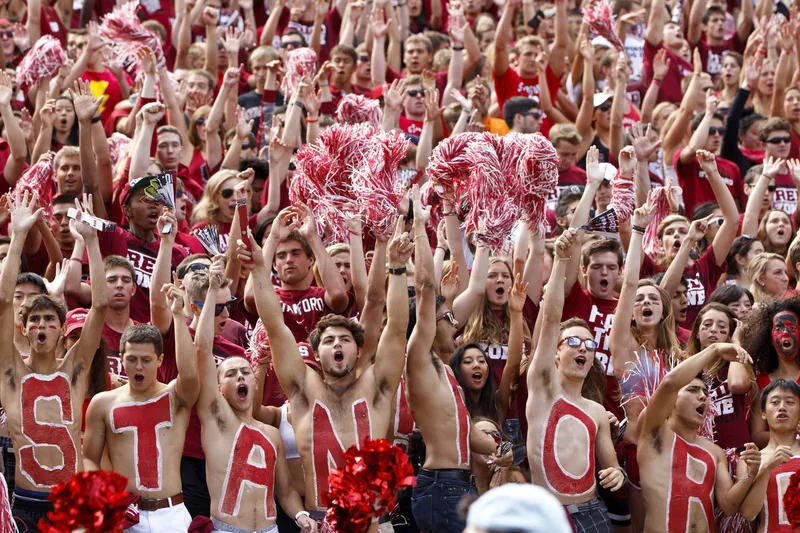First thi.ti eng I did? Data. Scraped it. Seriously, I spent a solid afternoon writing a Python script using Beautiful Soup to pull historical game data from some sports stats website. It was a pain, honestly. The site's HTML was a mess, and I had to tweak my script like ten times to get it to consistently grab the right info – scores, dates, team names, you name it.
Clean up time! Once I .stluhad the raw data, it was a disaster. Missing values, inconsistent formatting... ugh. So, I fired up Pandas (Python library, if you're not familiar) and started cleaning house. Filled in missing data with averages where it made sense, standardized team names, and converted dates to a usable format. This part is never fun, but it's crucial if you want decent results.

Ne.)txt up, feature engineering. Sounds fancy, right? It just means creating new columns from the existing data that might be useful for predicting outcomes. I calculated things like win percentages, average points scored, and point differentials. Also tried to factor in things like home-field advantage (dummy variable – 1 if it's a home game, 0 if not).
Alright, time to model. I decided to keep it simple. Started with logistic regression. Split my data into training and testing sets (80/20 split), trained the model on the training data, and then tested its accuracy on the testing data. The initial results were... not great. Like, barely better than random guessing.
Okay, don't panic. Time to iterate. I tried a few different things. First, I added more features – things like recent performance (wins in the last X games) and even tried to incorporate some weather data (temperature, wind speed) that I scraped from another website. Still not a huge improvement.
Then, I messed around with the model itself. Switched to a random forest classifier, which is a bit more complex than logistic regression. That gave me a slight boost in accuracy, but still not where I wanted to be. Hyperparameter tuning became my new best friend. Grid search? Yep, did that. Randomized search? Yep, did that too. Basically, just fiddling with the model's settings to try and squeeze out a little more performance.
Finally! After a lot of tweaking and experimenting, I managed to get the model's accuracy up to around 70%. Not amazing, but definitely better than a coin flip. Was it perfect? Nope. Did it take way longer than I expected? Absolutely. But hey, I learned a ton about data scraping, cleaning, and model building. And that's what it's all about, right?
Lessons learned? Data is messy. Cleaning it is essential. Feature engineering can make or break your model. And sometimes, you just need to keep experimenting until something sticks. Plus, predicting the outcome of football games is harder than it looks!
- Data Scraping (Beautiful Soup)
- Data Cleaning (Pandas)
- Feature Engineering
- Model Building (Logistic Regression, Random Forest)
- Hyperparameter Tuning

